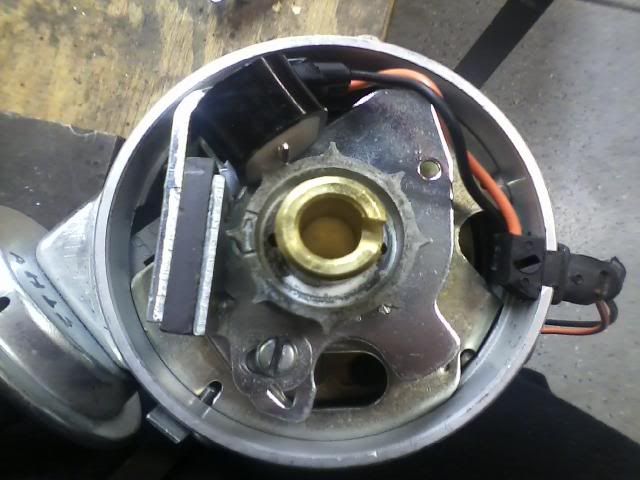Depending on the year of Holley carb you have,, some Holleys have a problem caused by a back-fire ,, that blows the power valve,, -
the symptoms are as you describe,, power valve pukes fuel at idle,, won't idle down,, mixture screws in-effective,, - eyes watering, - had me wondering when you mentioned it wayy back..
Have you tried a fresh power valve,,
Pull the plugs,, they'll likely be sooty black..
Some-one mentioned a less than open exhaust valve causing a pop,, that's valid, and something to look into..
Check plug wires 6 & 8,, it will run amazingly well with them crossed..
Sure, try the Eddy,, lt'll help the process of elimination..
hope it helps

















